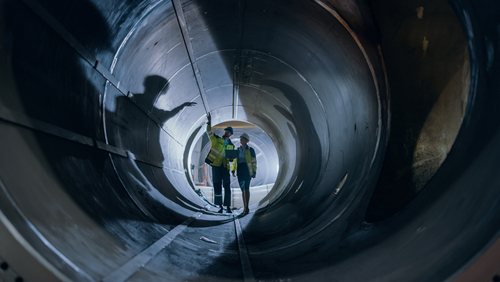
A new report from the American Petroleum Institute (API) and the Association of Oil Pipe Lines (AOPL) found that the safety of liquid pipelines across the country has increased across several indicators.
The 2021 Pipeline Safety Excellence Performance Report released Monday said an “industry culture of ‘safety first, safety always’ and a commitment to zero-incident operations” is responsible for a more than 30 percent decline in the number of liquids pipeline incidents over the past five years.
“Liquids pipelines perform the vital role of delivering U.S. produced energy to American consumers. The additional U.S. crude oil production we need to increase American energy security and supplies will flow by pipeline,” API-AOPL Pipeline Safety Excellence Steering Committee Chair and President of Phillips 66 Pipeline Todd Denton said. “This year’s performance report on industry-wide pipeline safety metrics shows pipelines are safe and getting safer.”
Based on information from the U.S. Department of Transportation’s Pipeline and Hazardous Materials Safety Administration (PHMSA), the report found that even though pipeline mileage and barrels per day have increased nearly 10 percent since 2017, safety has increased across key performance indicators identified by federal and state regulators. Robust safety programs, including advanced inspection and leak detection technologies, as well as comprehensive safety management systems, has helped operators deliver energy safely, the report said.
The report said that total pipeline incidents decreased by 17 percent, even while pipeline mileage and barrels per day increased. Additionally, pipeline incidents impacting people or the environment decreased by 31 percent, while those incidents caused by corrosion, cracking, or weld failure fell 32 percent over the last five years. And operation and maintenance incidents declined 34 percent since 2017.
“The government’s own data shows liquids pipelines are getting safer,” AOPL President and CEO Andy Black said.